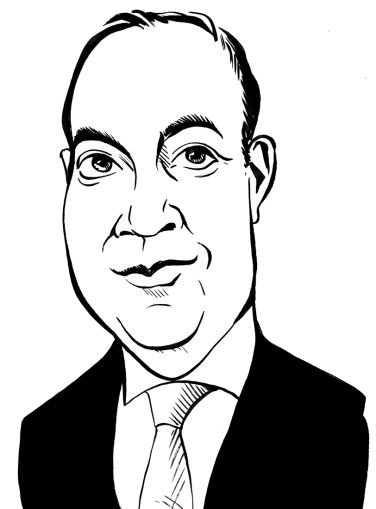New York City Needs Another Convention Center
By Carlo A. Scissura January 9, 2019 3:29 pm
reprints
Most major cities throughout the United States have more than one convention center. Providing event planners, business executives and tourists with more destination options, calendar flexibility and diverse spaces from which to choose seems pretty logical.
Sadly, that’s not the case in New York.
Over the past five years, over $9 billion has been invested to increase the number of hotel rooms, expand our world-class cultural venues and modernize transportation gateways. But when it comes to event and meeting spaces, we are lagging behind. While preparing the recent Building Congress report on capital investment in the tourism and cultural sector, it became clear that New York City is leaving an immense amount of unrealized economic opportunity on the table.
On Manhattan’s West Side, the city’s spectacular—yet lone—convention center, the Javits Center, is considered the busiest in the United States, and it’s undergoing a major expansion thanks to Governor Andrew Cuomo. The addition of more than one million square feet, including more exhibition and meeting space and a rooftop pavilion overlooking the Hudson River, will certainly help to attract larger, more high-impact events to the region.
But it’s still not enough.
With more than 175 events a year, the iconic Javits Center is so popular that some international and national shows simply cannot come to New York because there are no available dates in a given year. Large hotels, such as the Hilton and Sheraton, fill the gap by hosting smaller meetings, but capacity constraints have long hindered our ability to attract premier national conventions and conferences.
That’s why we need another viable option – a new facility to harness the tremendous amount of unrealized economic opportunity being left on the table. Late last year, New York Comic Con enjoyed its largest event yet, attracting 250,000 visitors to the Javits Center and generating an estimated $100 million in economic activity—in just four days.
Even after the Javits Center’s expansion is completed in 2021, New York City will still have less exhibition and meeting space than cities like Chicago and Houston. Cities like these recognized long ago that state-of-the-art convention facilities are essential instruments to promoting their business brand worldwide and attracting high-spending visitors. These cities compete with us for top-tier conferences, and they often win.
The Building Congress has a simple solution: build a second, complementary convention center in an accessible neighborhood outside of Manhattan with good train and highway access. Several locations fit the bill, including Willets Point in Queens, the Brooklyn Cruise Terminal and Harlem River Yards in the Bronx. With such a facility, smaller shows that attract regional audiences—such as a boat or home and garden show—can have an easily-accessible home, while the expanded Javits Center can focus on developing a global market with an international reach.
The benefits of having two convention centers are clear: the more shows we host, the more revenue we generate and the more jobs we can create and sustain. Events at the Javits Center support more than 18,000 jobs a year, directly and indirectly. And according to NYC & Company, a total of 6.2 million meeting and convention delegates visited New York City last year, with international visitors each spending $2,306 and domestic guests each spending $741. Bringing even a portion of that remarkable activity to an outer borough would create an economic boon, spurring the development of new residential and commercial areas, as well as significant hotel and retail opportunities.
Input from the travel and construction industries suggests the market exists for two convention centers, and this idea is not only welcome, but financially feasible. Now, our City and State governments and civic leaders must make a commitment to locating and developing this new convention space and constructing the infrastructure to support it.
It’s time to fix this disparity and bring New York City in line with other great international cities—from Las Vegas to London—that offer a wide variety of exhibition and meeting spaces to its business tourists.
We need more space to satisfy a growing demand. If we build it, we will fill it.
Carlo Scissura is the President and CEO of the New York Building Congress.


